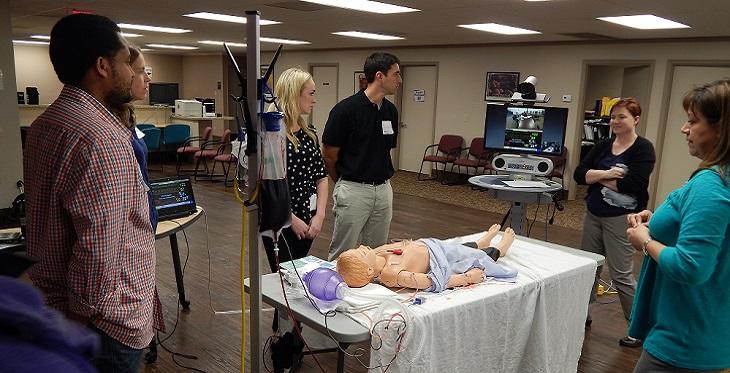$363. That’s how much a single stolen patient health record is worth on the dark market, according to data from the Ponemon Institute, making it worth more than any other piece of data from any other industry. In fact, your medical information is worth 10 times more than your credit card number.
As healthcare becomes increasingly more digital through EHR adoption and telemedicine applications, the information systems the data runs on are becoming more vulnerable to cyber attacks.




